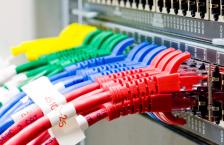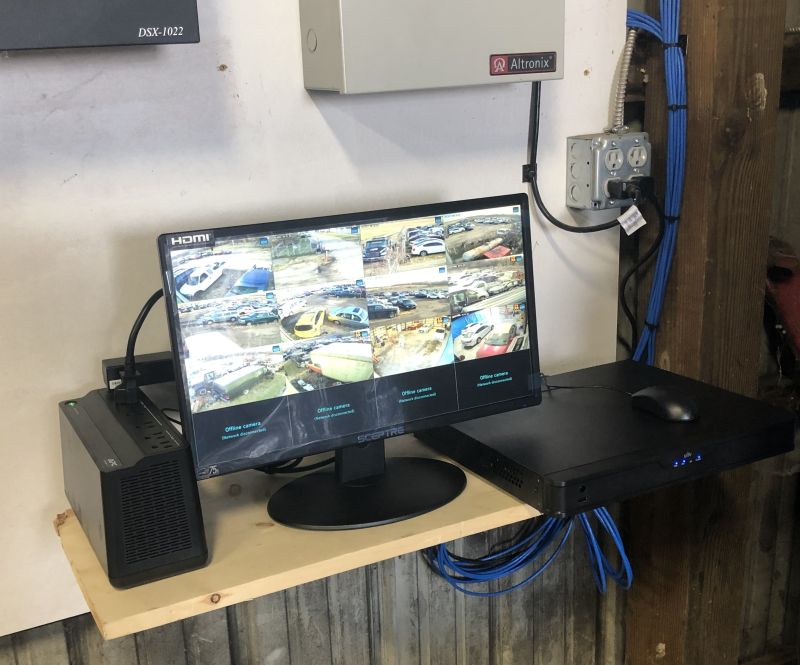In today’s security-conscious world, monitoring multiple areas simultaneously is not just a convenience—it’s a necessity. This guide provides a step-by-step process to seamlessly integrate live video from various security cameras onto a single TV screen. Whether you’re overseeing a commercial property or fortifying your home, our method ensures you won’t miss a thing. Plus, we’ll show you how to extend your setup for larger spaces and even incorporate recording capabilities.
Simplifying the Setup: The Role of CCTV Video Multiplexers
A CCTV video multiplexer is the linchpin in this setup, allowing you to connect multiple analog and HD-over-Coax security cameras (AHD, HD-TVI, HDCVI formats supported) into one cohesive system. Here’s a breakdown of the process:
- Connect Cameras: Use RG59 Siamese coax cable to link each camera to the multiplexer. This cable type conveniently carries both power and video signals.
- Multiplexer Outputs: The multiplexer offers HDMI and VGA outputs to connect to your TV or monitor.
- Screen Layouts: Choose from various display layouts using the multiplexer’s wireless remote or front panel buttons.
Overcoming Distance: HDMI over CAT6 Solutions
When your TV is not in close proximity to the multiplexer, HDMI over CAT6 comes to the rescue:
- Connect Multiplexer to Transmitter: Use an HDMI cable to link the multiplexer’s output to the HDMI over CAT6 transmitter.
- Set Up Infrared Control: Attach the infrared transmitter cable to the multiplexer and position it to face the receiver.
- Run CAT6 Cable: Connect the transmitter and receiver with CAT6 cable, allowing for extended reach without signal degradation.
- Final Connections: Link the HDMI receiver to your TV and set up the infrared receiver to maintain remote control functionality over the multiplexer.
Visual Demonstration: Multi-Camera Display in Action
For a practical demonstration, watch our video showcasing a 16-channel multiplexer displaying live feeds from 16 HD security cameras. Ensure you select 1080p resolution for the best viewing experience.
Recording Integration: Multiplexers and DVRs
To record as well as display your camera feeds, consider these options:
- Use a Video Splitter: Share the video signal between a multiplexer and DVR using a CCTV video splitter.
- Spot Monitor Functionality: Some DVRs have built-in display functions, potentially eliminating the need for a separate multiplexer.
- Multiple Displays: For setups requiring several independently controlled monitors, video splitters facilitate the use of multiple multiplexers and/or DVRs.
Learn More and Explore Further
Discover more about CCTV multiplexers and their applications by visiting our detailed information page. Also, explore related topics that might pique your interest:
- 5 Top BNC to HDMI Converter Solutions for Security Cameras
- How to Display Multiple IP Cameras on One Monitor or TV
- Using Windows Software to View Security Cameras at Multiple Locations
- Streaming Video on Facebook Live with Multiple Cameras
Conclusion: Take the Next Step in Security Monitoring
Elevate your surveillance system by implementing these strategies to display multiple security camera feeds on one screen. For further inquiries or personalized advice, don’t hesitate to contact us.






0